Blast injuries are a rare event that first responders, EMS and emergency departments need to be prepared to handle. Bombs and explosion have unique patterns of injuries, and require understanding the mechanisms, evaluation, and initial treatments based on disaster medicine best practices.
These concepts are from the CDC’s website which has a lot of great material. For additional information please see: CDC Blast Injury Facts for a wealth of information.
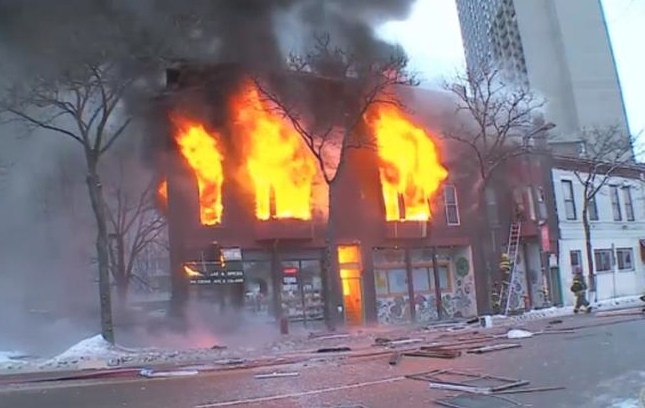
Key Concepts of Blast Injuries
- Bombs and explosions can cause unique patterns of injury seldom seen outside combat – about 30% more critically injured casualties vs. ‘routine’ mass casualty events.
- Expect half of incident casualties to seek medical care over a one-hour period (so by one hour, you probably will see no more than 50% more patients – and these will usually present more slowly).
- Most severely injured often arrive after the less injured, who bypass EMS and go directly to the closest hospitals.
- Predominant injuries involve multiple penetrating injuries and blunt trauma – this can be subtle!
- Explosions in confined spaces (buildings, large vehicles, mines) and/or structural collapse are associated with greater morbidity and mortality – 49% in buses vs. 7.9% in open spaces in one study!
- Primary blast injuries in survivors are predominantly seen in confined space explosions – this involves blast wave damage to air/fluid interfaces (lungs, bowel, etc.) – see below.
- Repeatedly examine and assess patients exposed to a blast (especially confined space victims) for evolving pulmonary or abdominal symptoms.
- All bomb events have the potential for chemical and/or radiological contaminant.
- For those with injuries resulting in nonintact skin or mucous membrane exposure, hepatitis B immunization (within 7 days) and age-appropriate tetanus toxoid vaccine (if not current) is recommended.
Blast Injuries
- Primary: Injury from over-pressurization force (blast wave) impacting the body surface
- TM rupture, pulmonary damage and air embolization, hollow viscus injury
- Secondary: Injury from projectiles (bomb fragments, flying debris)
- Penetrating trauma, fragmentation injuries, blunt trauma
- Tertiary: Injuries from displacement of victim by the blast wind
- Blunt/penetrating trauma, fractures and traumatic amputations
- Quaternary: All other injuries from the blast
- Crush injuries, burns, asphyxia, toxic exposures, exacerbations of chronic illness
Primary Blast Injury
Lung Injury
- Signs usually present at time of initial evaluation, but may be delayed up to 48 hr
- Varies from scattered petechiae to confluent hemorrhages
- Suspect in anyone with dyspnea, cough, hemoptysis, or chest pain following blast in an enclosed space especially
- CXR: “butterfly” pattern of infiltrates
- High flow O2 sufficient to prevent hypoxemia via NRB mask, CPAP, or ET tube
- Fluid management similar to pulmonary contusion; ensure tissue perfusion but avoid volume overload
- Endotracheal intubation for massive hemoptysis, impending airway compromise or respiratory failure
- Consider selective bronchial intubation for significant air leaks or massive hemoptysis
- Positive pressure may risk alveolar rupture or air embolism – keep TV and pressures LOW!
- Prompt decompression for clinical evidence of pneumothorax or hemothorax
- Air embolism can present as stroke, MI, acute abdomen, blindness, deafness, spinal cord injury, claudication
- High flow O2; place supine
- Consider hyperbaric O2 therapy
Ear Injury
- Tympanic membrane most common primary blast injury
- Signs of ear injury usually evident on presentation (hearing loss, tinnitus, otalgia, vertigo, bleeding from external canal, otorrhea)
- Victims will not be able to hear you!
Other Injury
- Traumatic amputation of any limb is a marker for multi-system injuries, traumatic amputation of ear with coma is a marker for death in Israeli studies
- Concussions are common and may present delayed
- Consider delayed primary closure for grossly contaminated wounds, and assess tetanus immunization status
- Compartment syndrome, rhabdomyolysis, and acute renal failure are associated with structural collapse, prolonged extrication, severe burns, and some poisonings
- Consider possibility of exposure to inhaled toxins (CO, CN, MetHgb) in both industrial and terrorist explosions
- Significant percentage of survivors will have serious eye injuries (corneal abrasions mainly)
Disposition
- Discharge decisions will depend upon injuries
- Admit 2nd and 3rd trimester pregnancies for monitoring
- Close follow-up of wounds, head injury, eye, ear, and stress-related complaints
- Handling the media exposure
Selected Readings
- DePalma RG, Burris DG, et al. Blast Injuries. N Engl J Med 2005;352:1335
- ■ Wolf SJ, Bebarta VS, et al. Blast injuries. Lancet. 2009 Aug 1.374(9687):405.
- Quintana DA, Parker JR, et al. The spectrum of pediatric injuries after a bomb blast. J Pediatr Surg. 1997 Feb. 32(2):307.
- Propper BW, Rasmussen TE, et al. Surgical response to multiple casualty incidents following single explosive events. Ann Surg. 2009 Aug. 250(2):311.
- Yeh DD1, Schecter WP. Primary blast injuries–an updated concise review. World J Surg. 2012 May;36(5):966.
Compiled by Dr. John Hick, Medical Director for the Office of Emergency Preparedness with the Minnesota Department of Health.
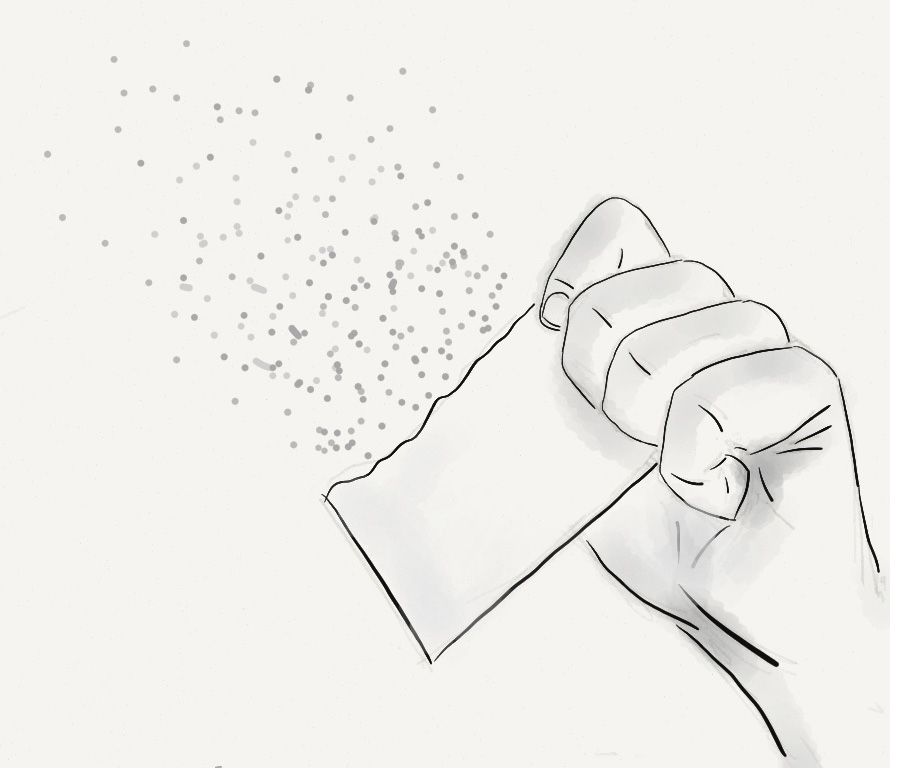
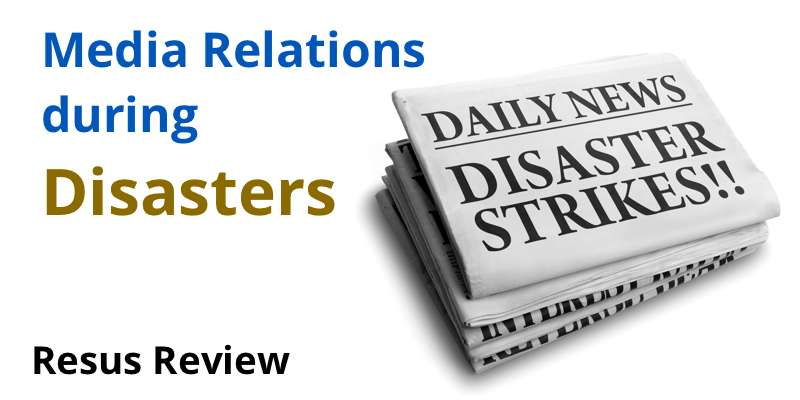
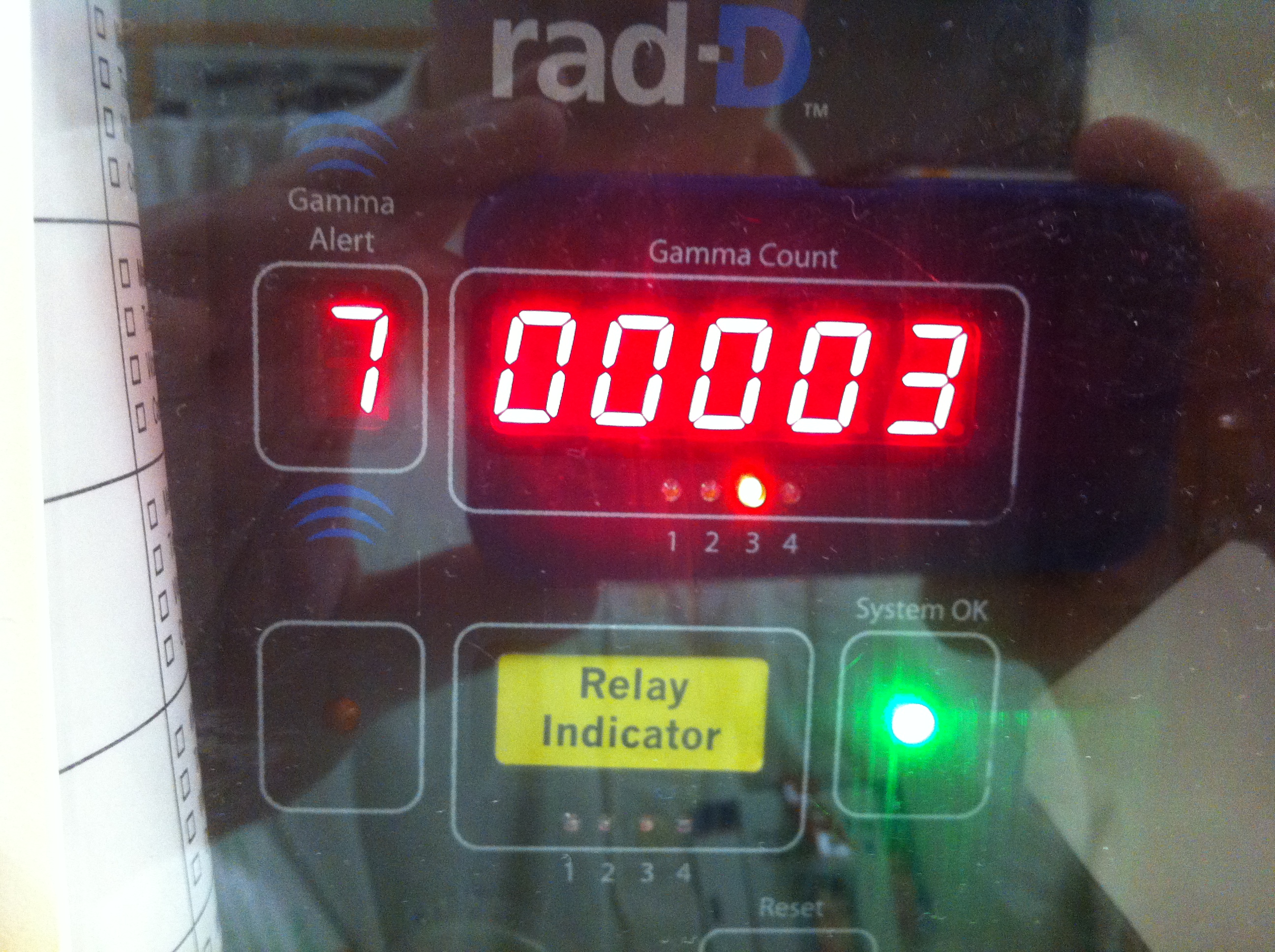
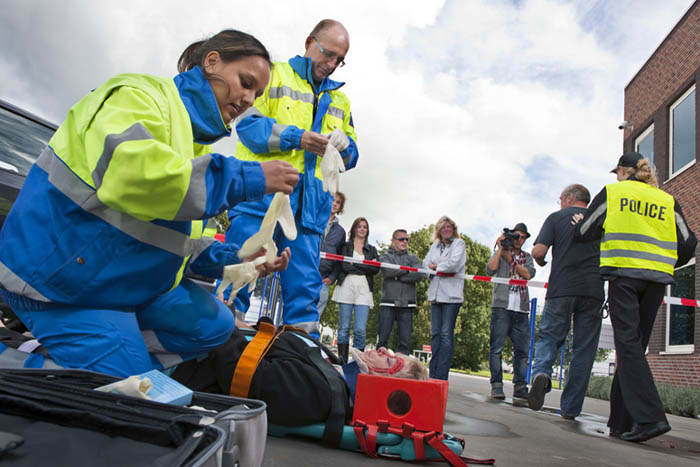
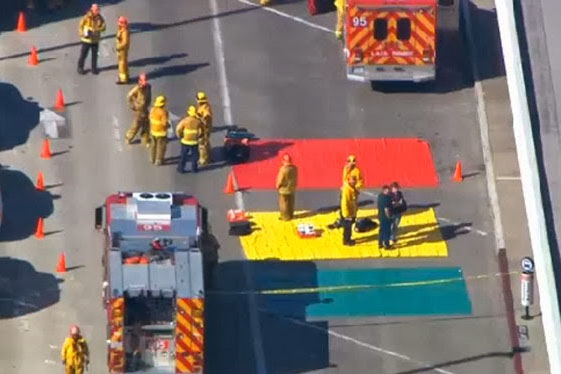
Contribute your thoughts.